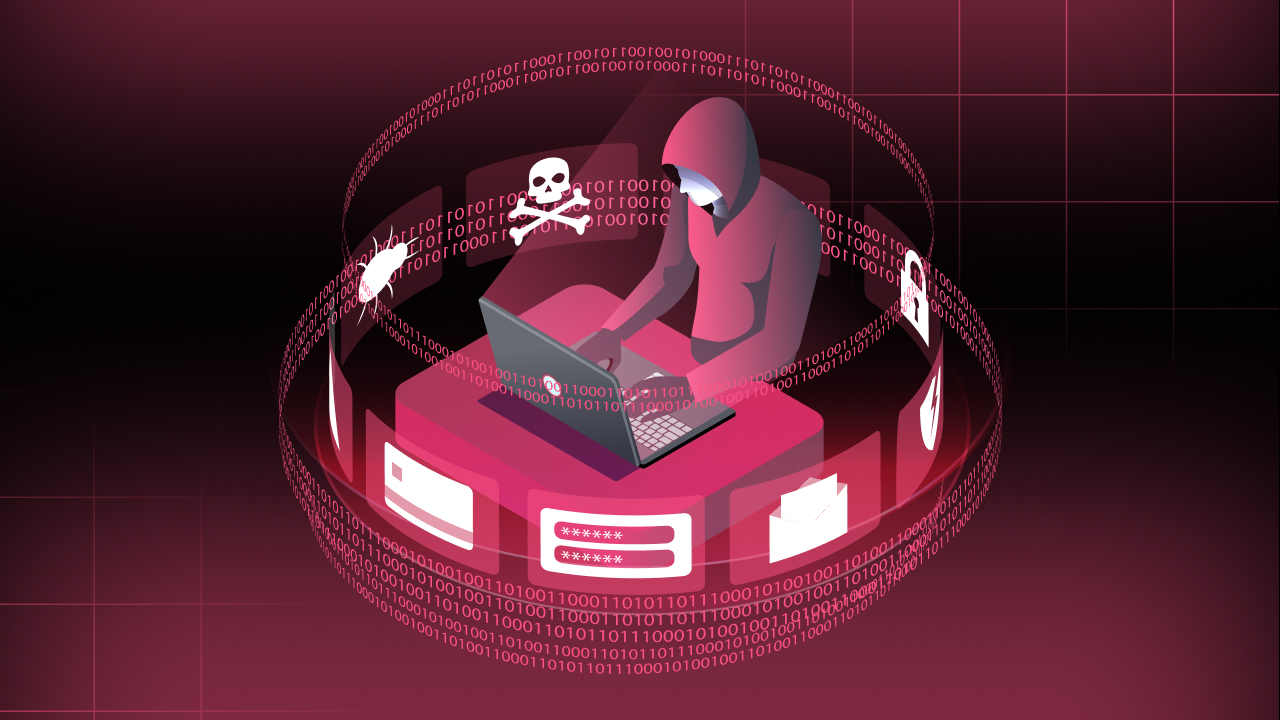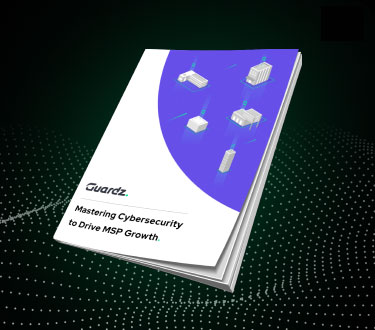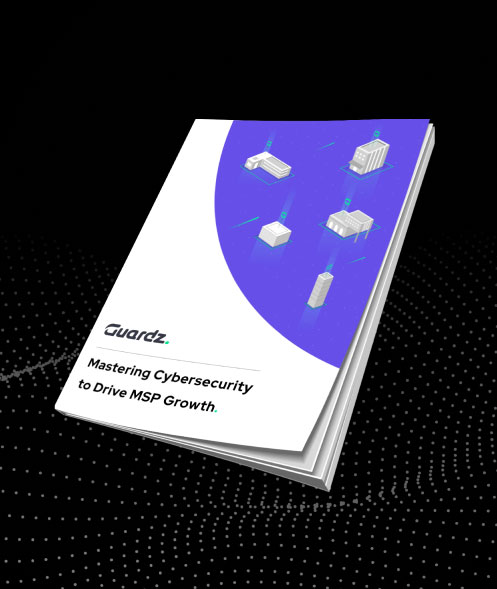Highlights
– Complex Tool Landscape: Explore the wide array of cybersecurity tools used by MSPs, highlighting the common challenge of managing multiple systems that may overlap in functionality but lack integration.
–Top Cybersecurity Challenges: Discuss the main challenges MSPs face, including integration issues, limited visibility across systems, and the high cost and complexity of maintaining diverse tools.
– Effective Solutions and Strategies: Introduce strategic approaches and solutions, such as consolidating tools into unified platforms to enhance efficiency, reduce costs, and improve overall cybersecurity management.
As MSPs continue to be the backbone of IT security for numerous businesses, the array of tools at their disposal has grown exponentially. However, this abundance of options isn’t without its drawbacks. The challenge isn’t just in choosing the right tools but in efficiently integrating and managing them to ensure seamless security coverage and operational efficiency. This article delves into the top tools and software MSPs use and the challenges associated with having too many tools.
So, Where Does an MSP Begin?
MSPs rely on various tools to help secure their clients’ IT, automate daily workflows, manage access permissions, and streamline billing processes.
But is having too many tools a good thing? Let’s dive in!
6 Popular MSP Cybersecurity Tools and Their Limitations
Email Security: Research showed that 30% of small businesses consider phishing attacks to be the biggest cyber threat. When you compound that risk with AI-generated phishing attacks, your clients have a lot more to worry about. Email security provides high-end encryption and spam filtering capabilities that help filter and block malicious content. Email security should include auto-remediation and Data Loss Prevention (DLP) functionality, which scans email content and attachments for sensitive data to prevent accidental transfer or leakage. It should also secure cloud directories such as Microsoft 365 and Google Workspace.
Disadvantages
- Complex setup and manual configuration
- Limited visibility
- Limited incident response capabilities
Endpoint Security: Unsecured endpoints represent the easiest path of entry for attackers. According to a recent study, 68% of organizations had experienced targeted endpoint attacks that compromised their data or IT infrastructure. Endpoints are often vulnerable to security flaws that attackers can exploit to gain unauthorized access and a foothold in the organization’s network. Endpoint security enables MSPs to enforce application control policies and whitelist approved applications on endpoints to prevent APTs. Remote employees might inadvertently access the company network from an unsecured connection or accidentally download a file containing malware, leading to a massive breach if not promptly detected and mitigated. Endpoint security helps prevent these scenarios.
Disadvantages
- Lack of integration with existing tools
- May not be able to detect advanced threats
- Limited protection for remote devices
Phishing Simulation: Phishing simulation is essential for preventing social engineering attacks, advanced phishing attempts, and business email compromise (BEC) attacks. Research revealed that 77% of BEC attacks target employees outside of financial and executive roles. Phishing simulation tools help MSPs identify and address vulnerabilities across all levels of an organization from the top down. They also show MSPs where their clients might need to strengthen existing security measures and help get buy-in from clients.
Disadvantages
- Tools might be outdated
- May not effectively address advanced threats
- Generic training methods
Cyber Awareness Training: Can you detect whether or not that single employee might fall for a phishing scam, asking for their personal login credentials that could lead to a major breach? Cyber awareness training helps prevent such risks by educating employees about the types of threats they might face and how they can report them. Cyber awareness also helps show where passwords might be exposed, enabling MSPs to step up company policies by onboarding new employees and protecting the entire organization from evolving threats.
Disadvantages
- Time-consuming
- Outdated practices
Cloud Data Protection: A simple cloud storage misconfiguration can expose an organization’s sensitive data to the risk of a breach. In fact, AWS S3 misconfigurations alone account for 16% of cloud security breaches. When compounded by potential third-party risks, such as unauthorized access to cloud services, the risk of data exposure increases significantly. Cloud data protection is a first line of defense against such threats.
Disadvantages
- Limited visibility & controls
- Limited coverage to on-premises data
- Vendor lock-in
External Footprint: The dark web is a treasure trove of leaked credentials and data for sale that malicious actors can purchase for very little. The cost for access credentials typically ranges between $100 to $1,000. An External Footprint scans for open ports and public exposures to prevent malicious actors from accessing vulnerable and outdated services
Disadvantages
- Limited threat mitigation capabilities
- Partial scanning (depending on tools)
The Main Challenges of Having Too Many Tools
MSPs have a lot of tools in their arsenal.
There are several challenges an MSP faces with the use of multiple security tools.
A recent survey found that 36% of MSPs use more than 10 cybersecurity tools, and 30% use four to five vendors to deliver services to their clients. Not only does this create tool sprawl, but it also increases the risk of gaps in security coverage, which can lead to a breach.
But that’s not all.
Here are a few other key challenges to take into consideration:
Integration Issues: Integration between different tools can be complex, and certain tools might be inoperable with others. There might also be the issue of API limitations in terms of customizability and functionality. Even worse is that any changes performed on one tool may break existing integrations with other tools.
Limited Visibility: With so many tools, each may offer insights into specific security aspects, creating numerous blind spots that can impact overall visibility. This is particularly concerning for client employees who access the corporate network through unsecured connections and share sensitive data, putting all endpoints at high risk for a breach.
Increased Costs: Each tool will cost you individually. MSPs must also budget for ongoing maintenance and support for each security tool and separate licensing fees. Some security tools may require dedicated hardware or infrastructure resources to operate effectively. As you can see, the costs stack up very quickly. Then there is the issue of vendor lock-in, which could significantly compound expenses over time.
Then, there is the looming thought of a breach.
What happens in the event of a breach?
Who is held accountable? Is it the MSP? The third-party software vendor? Or the client?
Cyber insurance can help protect your business from such incidents and keep all digital assets safe, regardless of which tools and software services you use. Don’t leave anything to chance.
Alert Fatigue: Too Many Tools, Too Much Noise
Since MSPs rely on so many standalone cybersecurity tools to handle daily operations, they are tasked with an overwhelming number of alerts and large volumes of data that need to be ingested and analyzed. This flood of information often leads to alert fatigue, where critical warnings are lost amidst a sea of notifications, many of which may be false positives.
Alert fatigue can cause significant delays in response times, potentially allowing critical vulnerabilities to remain undetected until a potential breach arises. By consolidating cybersecurity tools into a unified platform, MSPs can streamline operations, reduce alert fatigue, and improve their ability to respond effectively to emerging threats. This is exactly what Guardz does best.
Guardz Unified Cybersecurity Platform: A Game-Changer for MSPs
Guardz helps prevent tool sprawl by providing MSPs with a centralized view of all critical risks from a single pane of glass. Guardz’s unified cybersecurity platform encompasses email security, endpoint security, secure web browsing, phishing simulation, DLP, and more to provide you with user-centric threat detection and your clients’ peace of mind.
Guardz continuously scans for threats across multiple attack vectors and prioritizes them by the severity of risks. This ensures that security policies are applied uniformly across all environments and that resources are allocated efficiently. Secure all devices and monitor your organization’s assets in one place.
Protect what matters and futureproof your business from potential breaches with Guardz.
- Share On:












